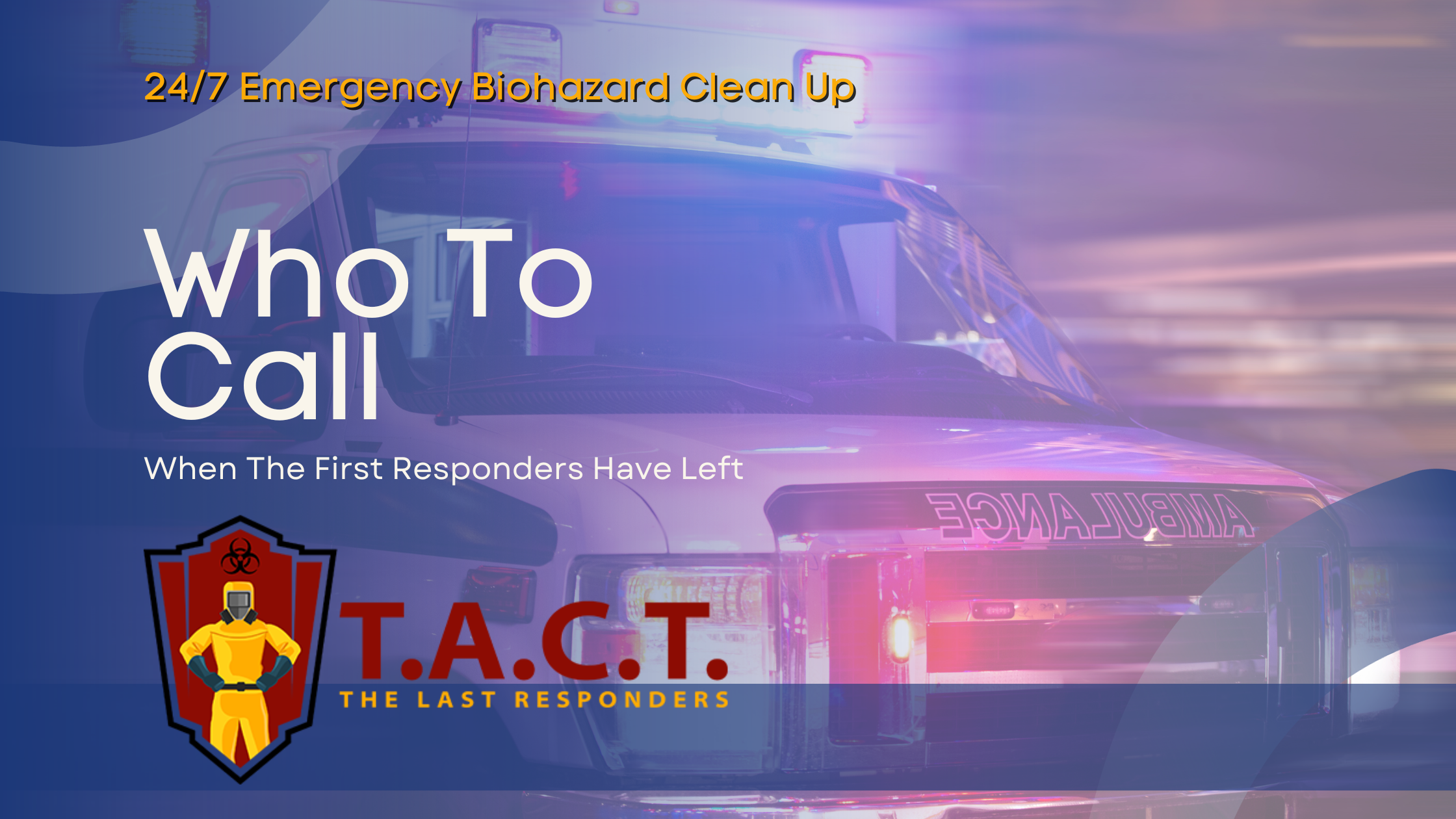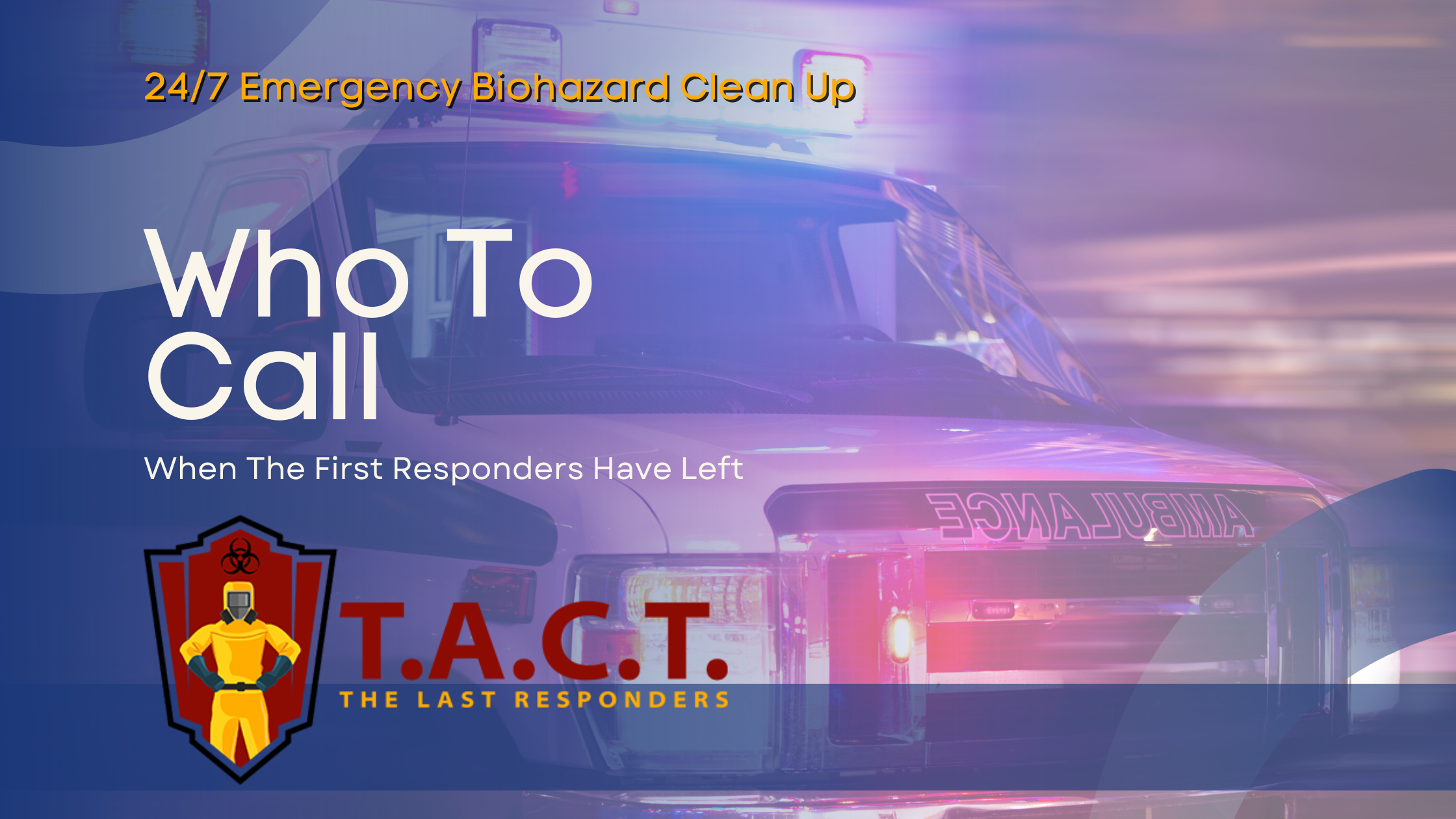Best methods to remove mold
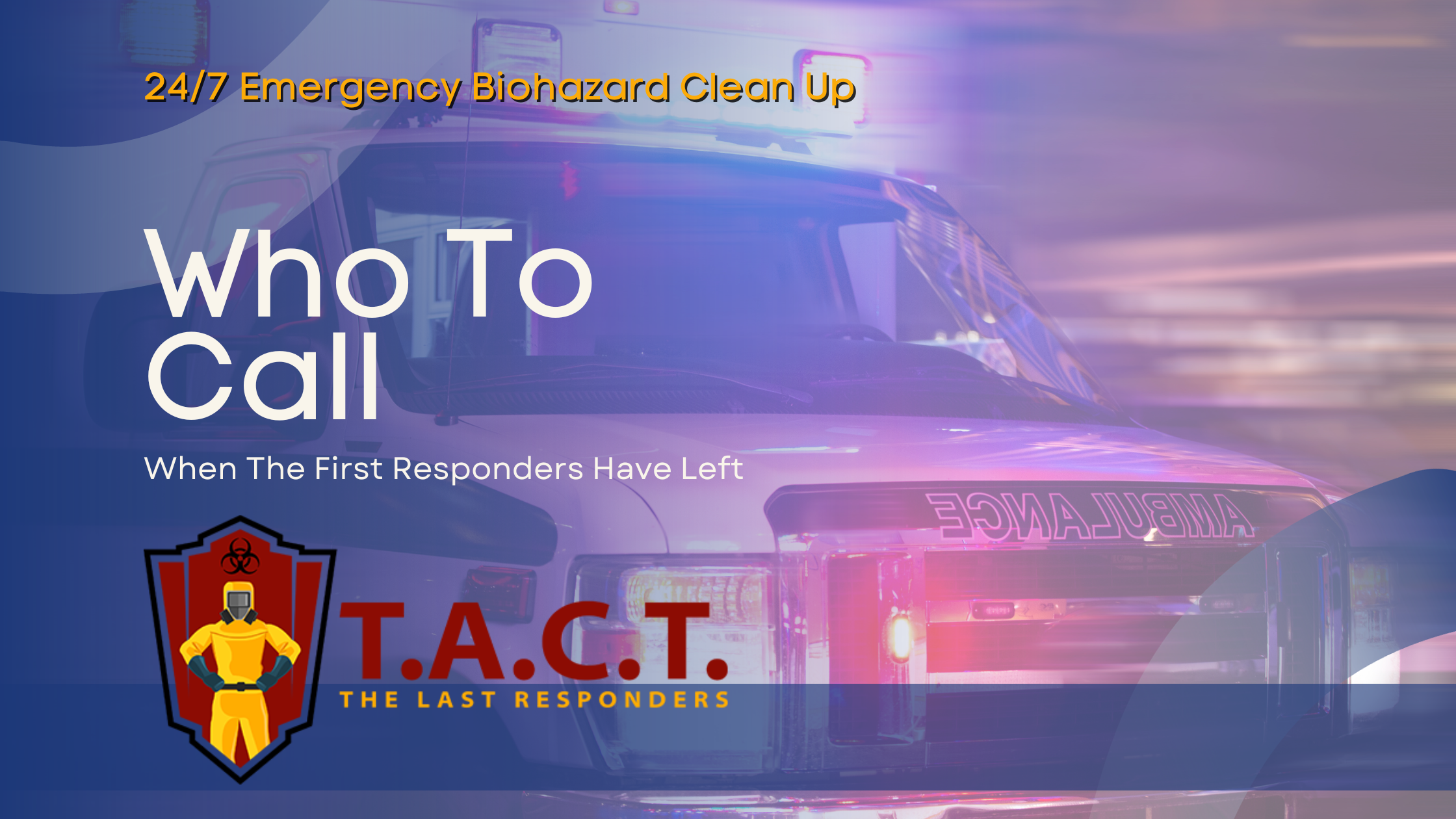
Best Methods to Remove Mold from Your Home
Need to remove mold from your home quickly and safely? This guide will help you identify mold, remove it from different surfaces, and prevent it from coming back. We cover natural methods and important safety precautions, ensuring you handle mold effectively.
Key Takeaways
Identifying mold types and their common growth areas is crucial for effective removal.
Preparation and safety measures, including protective gear and ventilation, are essential before starting mold removal.
Preventing future mold growth involves controlling moisture levels, improving ventilation, and conducting regular maintenance.
Identifying Mold in Your Home
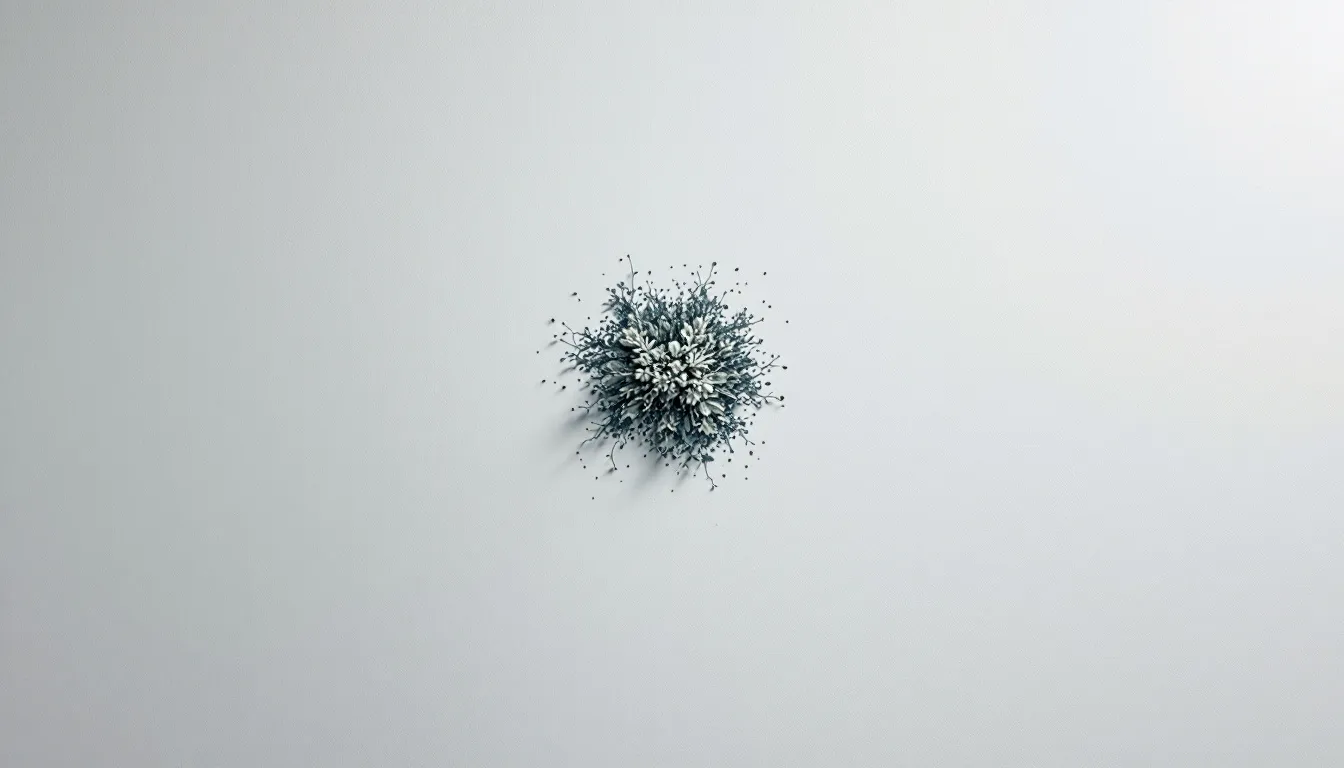
The initial step in tackling a mold issue is to identify its presence in your home. Mold manifests in multiple forms and hues, with black mold (Stachybotrys chartarum) distinguished by its slimy texture and unmistakable musty smell. Conversely, mildew presents as a powdery white or gray substance that favors wet surfaces.
Mold tends to flourish in specific locations such as bathrooms, windowsills, and shower curtains. In these damp environments, Cladosporium can be found exhibiting an olive green to black coloration with a velvet-like feel. Alternaria often appears dark green or black with a fuzzy texture and commonly inhabits showers and bathtubs. Recognizing these indicators enables you to respond swiftly to the situation.
Preparing for Mold Removal

Adequate preparation is necessary before starting the mold removal process. Start by fixing the problem causing the mold growth, such as leaks or persistent moisture issues. Inspect thoroughly to gauge the extent of the mold problem and locate affected areas.
Safety is paramount. To protect yourself from mold exposure:
Wear gloves, goggles, and an N95 respirator.
Ensure proper ventilation to promote airflow, dissipate mold spores, and reduce inhalation risk.
Collect all cleaning materials such as protective gear, mold removal solutions, scrub brushes, and clean water.
Removing Mold from Hard Surfaces
To eliminate mold from solid surfaces such as tiles, countertops, and grout on walls, a methodical strategy is necessary. A solution of dish detergent mixed with water can efficiently clean non-porous surfaces.
It’s important not to apply paint or caulk over areas that are still affected by mold since doing so could encapsulate the mold beneath these layers and exacerbate the issue.
Gather Materials and Solutions
Start by collecting all the required items for the job. Ensure you have a scrub brush, spray bottle, and a solution of bleach at hand.
Before using the cleaning mixture, make sure to moisten the area that needs attention thoroughly.
Apply Cleaning Solution
Apply a commercial mold remover or a homemade bleach solution to the moldy area. Use a spray bottle for even distribution and let it sit for a few minutes to effectively kill the mold.
Let the solution sit for a few minutes before moving to the next step.
Scrub and Rinse
Utilize a stiff-bristled brush or scrubbing pad to exert gentle yet firm force when removing mold from surfaces. To get rid of any remaining mold spores and leftover residue from the cleaning solutions, rinse the area well with clean water. Effectively cleaning mold is crucial for maintaining a healthy living space.
Before deciding if there’s a need for additional cleaning, make sure that the area has been allowed to dry thoroughly.
Dealing with Mold on Porous Materials
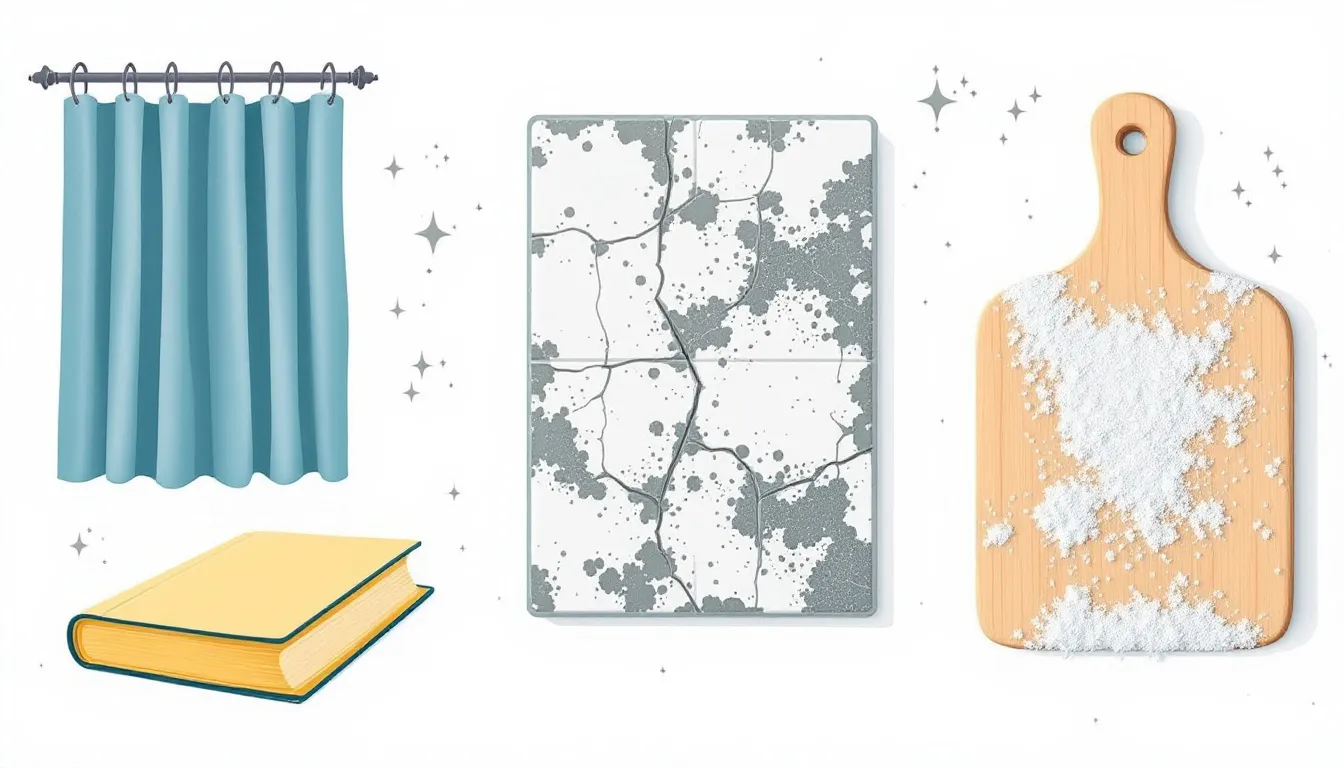
Materials such as carpets and drywall, which are porous in nature, pose a unique difficulty. When faced with minor mold issues, employing suitable cleaning agents may be adequate to address the problem.
When mold has deeply embedded itself into the fibers or caused significant deterioration of the material, it is frequently required to replace these items altogether.
Inspect and Decide
Carry out a meticulous examination to assess if cleaning the material will suffice or if replacement is required. Pay special attention to damp regions, areas showing signs of water damage, plumbing fixtures, and cellars.
This inspection is crucial for determining the most appropriate response.
Clean or Replace
In cases of small mold outbreaks, the application of suitable cleaning products can successfully tackle the problem. When there is substantial damage, it might necessitate replacing affected materials.
Should the mold infestation extend beyond 10 square feet or if there’s a possibility of concealed mold presence, it is advisable to seek guidance from a professional.
Preventing Future Mold Growth
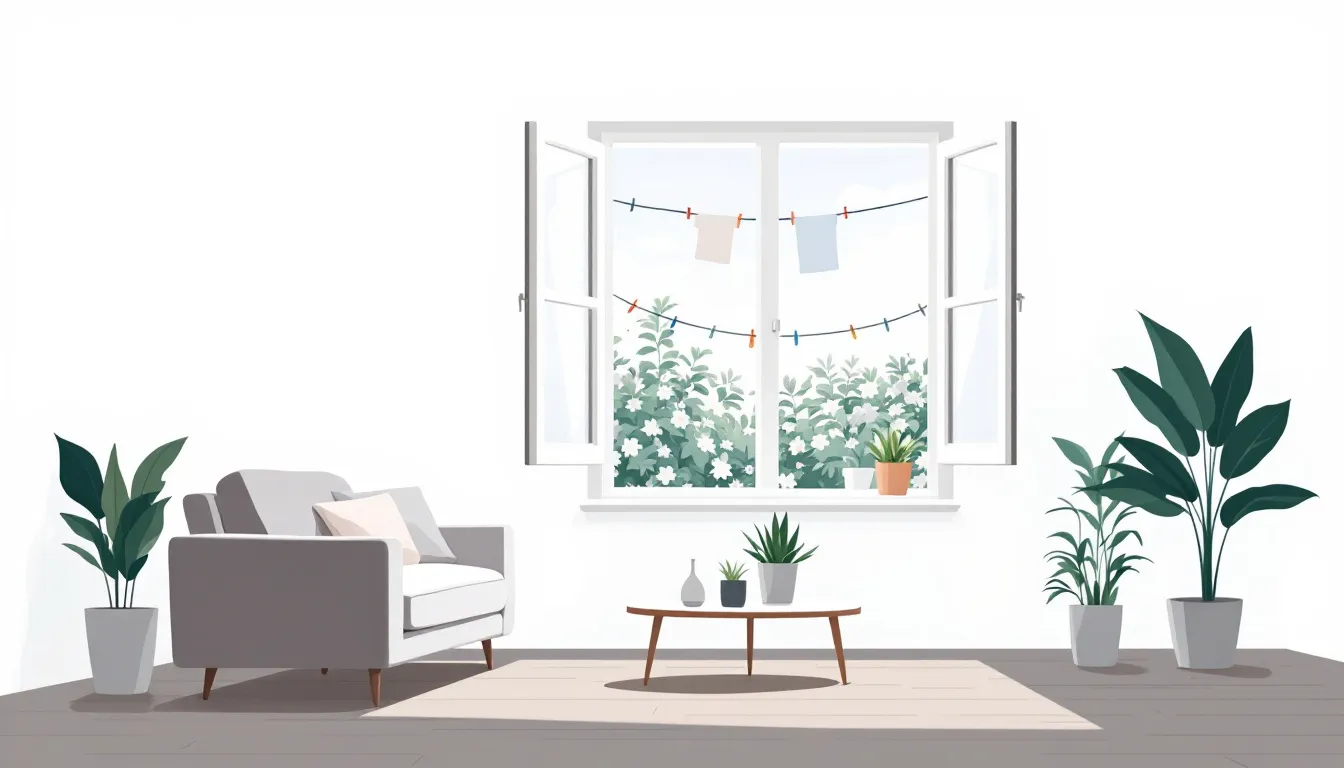
Preventing future mold growth is crucial to maintaining a healthy home. Keeping indoor humidity levels between 30% and 50% can significantly reduce mold growth. Address any water issues that contributed to the mold growth before beginning cleanup.
Promptly repair leaks and cracks to prevent water intrusion.
Control Moisture
A dehumidifier can help manage moisture levels in your home. Make sure areas dry completely after spills or leaks to prevent mold development.
Controlling moisture is essential in preventing mold growth.
Improve Ventilation
Improving airflow is essential in preventing mold. To boost air circulation, arrange furniture with a gap from the walls. Installing exhaust fans in kitchens and bathrooms helps control humidity and expels surplus moisture, which decreases the likelihood of mold development.
Regular Maintenance
Maintaining a clean environment through routine cleaning is effective in controlling mold spores and ensuring a wholesome living space. To deter the development of mold, areas that become wet must be dried promptly, ideally within 24 to 48 hours.
Carrying out repairs without delay and conducting comprehensive examinations are crucial elements of consistent upkeep.
Natural Mold Removal Methods
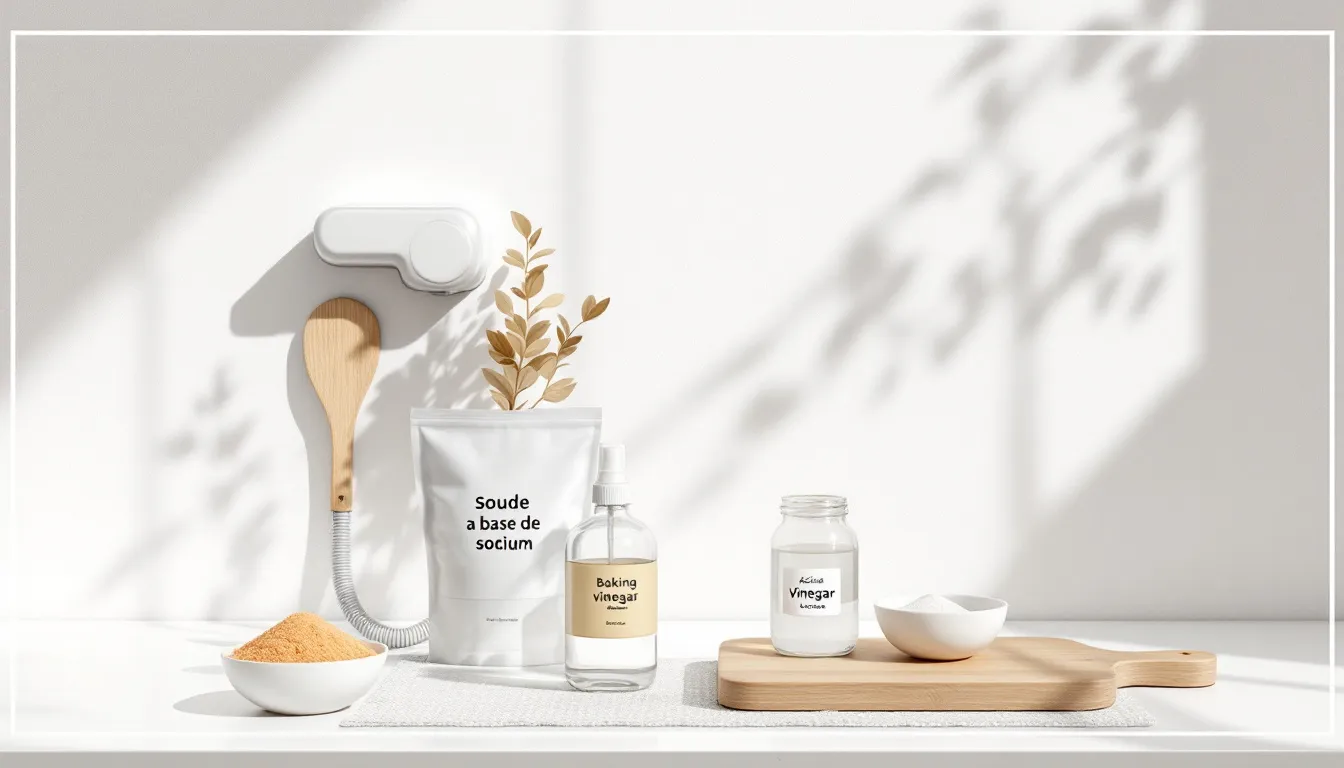
Natural methods are effective and environmentally friendly for mold removal. Household items like vinegar, hydrogen peroxide, and baking soda each have specific applications and benefits.
Use these methods alone or in combination to tackle mold problems.
Vinegar Solution
Combine vinegar and water in equal measurements to make a solution for cleaning. Use this mixture on the area affected by mold, then use a sponge or brush to scrub it thoroughly before rinsing the surface with clean water.
Vinegar is effective against over 80% of mold varieties, including the harmful black mold species.
Hydrogen Peroxide Application
Hydrogen peroxide is especially useful for tougher mold spots. Let it sit on the surface for at least ten minutes before scrubbing to ensure effective mold removal.
Baking Soda Paste
Create a paste by combining baking soda with water, which serves as an efficient solution for eliminating mold. Spread this paste onto the area plagued by mold and let it settle in before proceeding to scrub the surface clean and rinse it off.
Health Concerns and Safety Precautions
Mold can lead to health concerns, including respiratory difficulties and allergic reactions. It is critical to use protective equipment such as masks and gloves when eliminating mold.
To avoid ongoing health hazards following a flood, it’s important to minimize moisture levels and control humidity.
Allergic Reactions
Allergies to mold can trigger a range of symptoms such as itchy eyes, sneezing, and a runny nose. Identifying these signs early on can help avoid serious allergic reactions.
Wearing protective gear and ensuring adequate ventilation are effective strategies to reduce the risk of exposure.
Respiratory Issues
Exposure to mold can cause respiratory problems including asthma, coughing, and breathing difficulties. Using non-latex rubber gloves, masks, and goggles during cleaning can help reduce the chances of directly contacting or inhaling mold spores.
Protective Gear
To mitigate health risks associated with mold exposure, it is critical to wear proper protective equipment. This includes gloves, masks, and goggles to reduce direct interaction with mold and safeguard one’s health.
When to Call a Professional
For extensive infestations or health concerns, seek professional help. Professionals provide expertise and equipment to tackle stubborn mold growth effectively.
They ensure thorough and efficient removal, significantly reducing health risks.
Assess the Situation
If you notice extensive infestations or underlying health concerns, it’s time to seek professional help. Moldy drywall should be removed carefully in contained conditions to prevent spreading spores.
Proper disposal of moldy materials is crucial to prevent exposure.
Benefits of Professional Help
Enlisting the expertise of a certified mold removal specialist guarantees a comprehensive eradication of mold, thereby substantially diminishing the associated health risks that come with exposure. These professionals are equipped with specialized tools and methods tailored for efficient mold elimination.
Such experts carry out detailed evaluations to pinpoint every impacted zone, which includes discovering concealed mold growth, making certain that the problem is addressed effectively and securely.
Summary
Mold presence is more than an unsightly issue. It can lead to grave health concerns and substantial damage within your residence. Prompt detection of mold, coupled with appropriate removal techniques, is vital for addressing the problem effectively. This may involve applying commercial mold-elimination products on non-porous surfaces or determining whether porous materials should be cleaned or discarded altogether—each measure being critical for comprehensive remediation.
Equally crucial is averting the resurgence of mold. By managing humidity levels, enhancing air flow, and adhering to consistent cleaning practices, you can prevent growth of mold. Should uncertainty arise or if you’re dealing with a severe infestation, seeking assistance from experts might prove beneficial in safeguarding your time, well-being, and finances. Vigilance and swift action are key to maintaining a living space devoid of mold for improved health conditions.
Frequently Asked Questions
What are the first signs of mold growth in my home?** **?
Musty smells and visible changes in color on walls or ceilings, especially within humid spaces such as bathrooms and cellars, frequently indicate the initial stages of mold development.
It is essential to respond quickly to these early indications to inhibit additional proliferation of mold.
How can I safely remove mold from hard surfaces?** **?
To safely remove mold from hard surfaces, apply a commercial mold remover or a mixture of detergent and water, scrub with a stiff-bristled brush, and rinse thoroughly.
It’s crucial to ensure the area dries completely afterward to prevent future mold growth.
When should I consider replacing porous materials affected by mold?** **?
Consider replacing porous materials affected by mold when the infestation is extensive, particularly if it’s larger than 10 square feet or deeply embedded in materials like carpets or drywall.
For minor issues, effective cleaning may be enough.
What natural methods can I use to remove mold?** **?
To effectively remove mold, use undiluted white vinegar, hydrogen peroxide, or baking soda by applying them directly to the affected area, letting them sit, scrubbing, and rinsing with clean water.
This natural approach not only addresses the mold but also promotes a healthier environment.
What are the health risks associated with mold exposure?** **?
Exposure to mold presents serious health concerns, such as triggering allergic responses and respiratory issues including asthma.
It is critical to wear appropriate protective equipment and guarantee adequate ventilation while removing mold in order to reduce these potential hazards.
Latest news

Nosy neighbors peeking? T.A.C.T. North Atlanta offers discreet biohazard remediation for rodent infestations, mold, hoarding, and more. Unmarked vehicles, quiet experts, full privacy—24/7 service at 470-781-4775.
Read More
